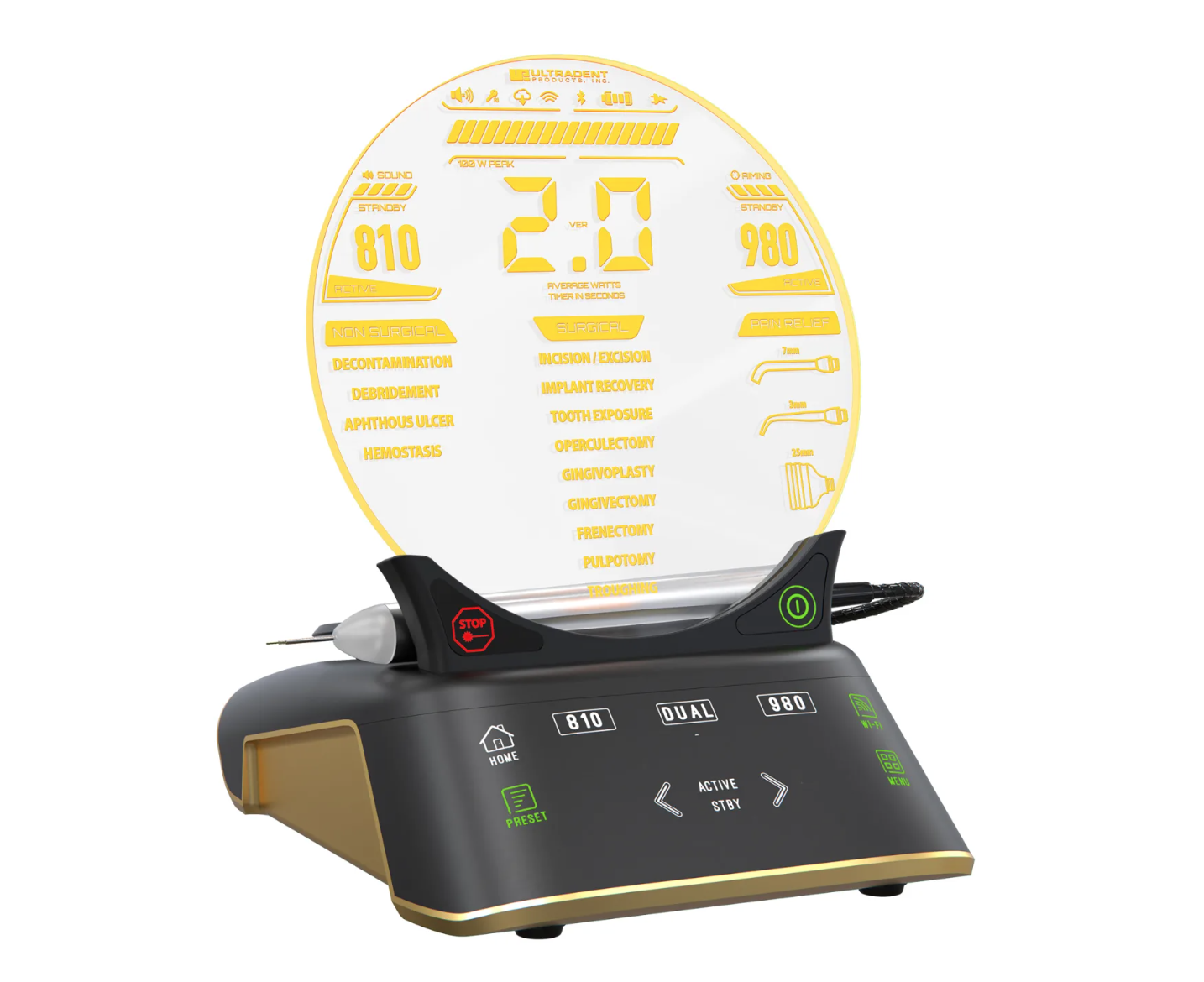What is an oral tissue tie?
A tie is present when a frenulum tethers and restricts the movement of oral tissues (tongue, lips, or cheeks) and subsequently causes a functional concern for a child. The medical terminology for a tongue tie is ankyloglossia. The presence of tethered oral tissues (TOTs) can be hereditary. Functional and structural concerns may be experienced by multiple family members.
What is a frenum?
The primary function of a frenum is to provide stability of the upper lip, lower lip, cheeks, and tongue. Everyone has multiple frenula in his/her mouth which develop early in utero and will continue to be visible throughout life. Without a restriction of movement or a functional concern, these frenula are considered healthy and very helpful!

How can an oral tissue tie impact my child?
A lip or tongue tie can impact the oral motor development of a child which can interfere with a child’s ability to feed, speak, and breathe. Tethered oral tissues can interfere with oral development and growth of the upper and lower jaws, which can lead to dental as well as airway concerns.
How is a frenectomy performed?
We perform frenectomies using a CO2 laser. This minimally invasive therapy allows for a precise and accurate release of tethered oral tissue. The advanced laser techniques provide increased comfort, minimal bleeding, and improved healing.

What is a collaborative approach to treating tethered oral issues?
Working with an interdisciplinary team of dental, medical, and functionally based professionals will help us to understand your child’s unique needs and will allow us to offer individualized care for your family. The diagnosis of a lip or tongue tie should be made based on a true functional limitation, not only the anatomical structure.
A collaborative and functional approach to diagnosing and treating tethered oral tissue is key to the success of a tongue and lip tie release.
What is the key to successful post-operative healing?
The key to successful post-operative healing is to ensure that the frenum attaches in a more favorable position that allows for increased mobility. To encourage this healing, completing the daily exercises as recommended by your dental provider and functional professional team is essential. We are here to support your family with 1 and 2-week follow-up exams and are always available for any questions or concerns. At these visits, we offer photobiomodulation therapy which uses a red-light healing laser to enhance tissue healing, reduce inflammation, increase circulation, and reduce sensitivity.

What other specialists are involved in the diagnosis and care of tethered tissue issues?
Collaborative approaches can often include collaboration by a combination of multiple professionals such as a pediatric dentist, the child's pediatrician, an orthodontist, an international board-certified lactation consultant (IBCLC), speech-language pathologists (SLP), feeding therapists, myofunctional therapists, physical therapists (PT), occupational therapists (OT), and ear nose, and throat doctors (ENT).
Call Us
Find Us
1125 Lancaster Avenue, Suite 2
Office Hours
Monday: 8 AM - 4 PM
Tuesday: 10 AM - 6 PM
Wednesday: 8 AM - 4 PM
Thursday: 8 AM - 4 PM
Friday - Sunday: Closed